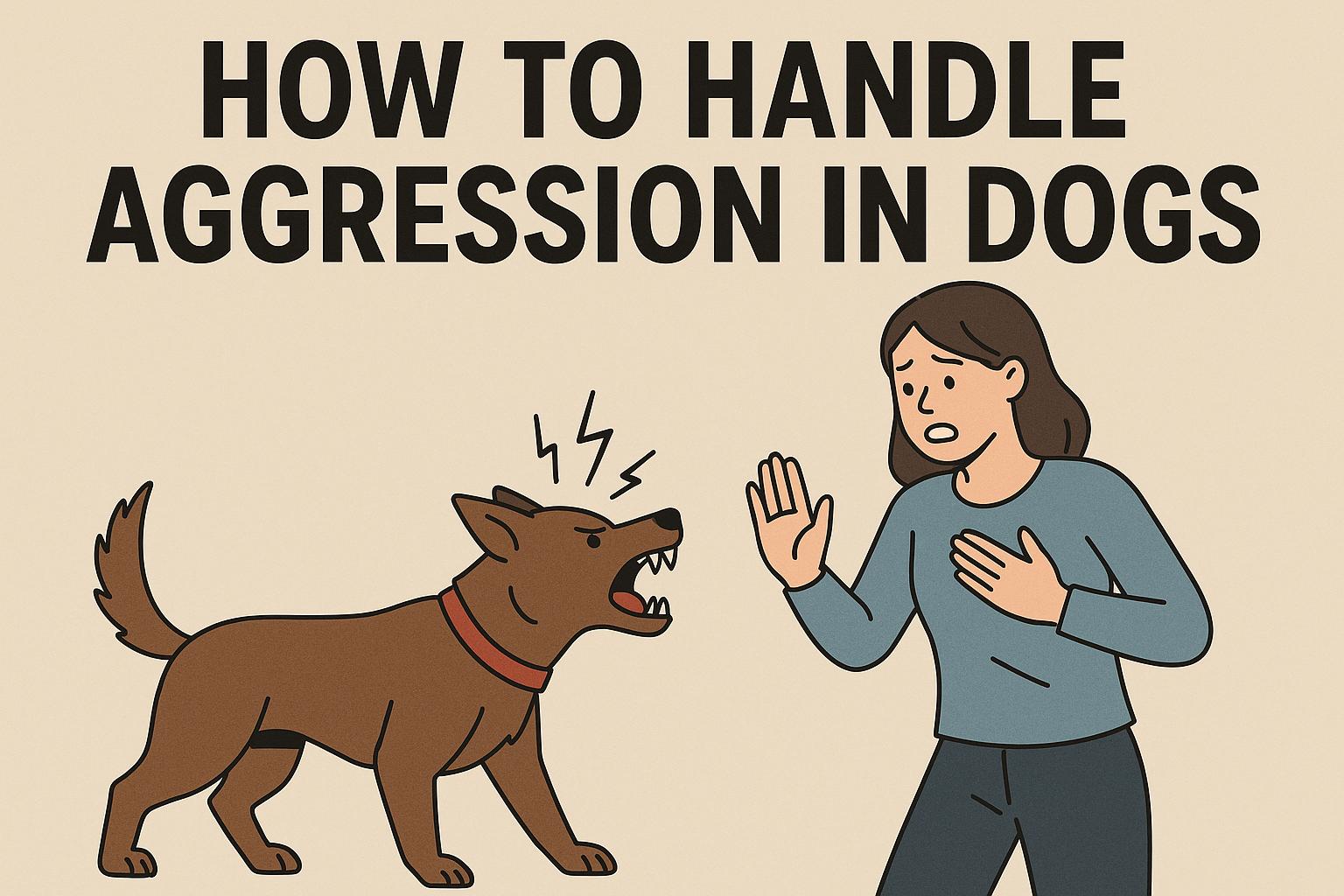
Aggression in dogs is a multifaceted behavior that requires careful assessment and management to ensure the safety and well-being of both the dog and those around it. Recognizing and understanding the underlying causes of aggression is key to managing and mitigating such behaviors effectively. Aggression in dogs can present in various forms such as barking, growling, snapping, or even biting, and can be directed towards humans, other animals, or even inanimate objects.
There are several potential factors that can contribute to aggressive behavior in dogs, each requiring a unique approach in its management and mitigation.
Fear: A leading cause of aggression in many dogs is fear, which is particularly prevalent in scenarios where the dog perceives a threat or feels trapped. Such aggression often stems from past traumatic experiences or a lack of adequate socialization during critical developmental stages. By ensuring dogs are gradually exposed to diverse environments and experiences, owners can help mitigate fear-based aggressive reactions.
Dominance: While some dogs naturally exhibit dominant traits, this behavior can become problematic if not addressed early. Dominance aggression often manifests when a dog is vying for control over its environment or the humans within it. Consistent training and boundary setting from an early age can help in curbing this type of aggression, fostering a sense of security and stability instead.
Territorial Behavior: Dogs are instinctively territorial, often showing aggression to protect their home or perceived domain. This behavior can be exacerbated by the presence of unfamiliar individuals or animals near their living areas. Understanding this aspect of canine psychology is crucial in taking steps to desensitize dogs to perceived territorial threats through controlled exposure and positive reinforcement.
Pain or Illness: Aggression can also be a byproduct of physical discomfort, with dogs becoming irritable when dealing with pain or sickness. In such cases, a thorough veterinary examination is essential to rule out health issues as a cause of aggression. Timely medical intervention can alleviate physical discomfort, thereby reducing aggression stemming from it.
Effective management of canine aggression necessitates a holistic understanding of its triggers and careful implementation of behavior modification strategies.
Consult a Professional: Engaging a certified dog behaviorist or professional trainer can be immensely advantageous. These professionals can offer tailored advice and specialized training plans suited to the individual dog’s needs. Their expertise is crucial in identifying specific triggers and implementing corrective measures in a structured and safe manner.
Behavioral Modification: Techniques such as positive reinforcement training can play a critical role in encouraging desired behaviors while diminishing aggression. By rewarding calm and non-aggressive responses with treats, praise, or play, owners can cultivate and reinforce positive behavioral patterns over time.
Desensitization and Counter-Conditioning: These methods involve gradual exposure to known triggers at a manageable distance, rewarding the dog’s calm and non-aggressive reactions. Over time, this approach can alter the dog’s emotional response to triggers, leading to a more relaxed and less aggressive demeanor.
Avoidance: While not a long-term solution, avoiding known triggers can be necessary in certain situations to prevent aggressive incidents. This strategy should be paired with ongoing behavior modification efforts to ensure long-term behavior change.
Veterinary support plays a pivotal role in addressing and managing aggressive behavior in dogs. A comprehensive health evaluation can help determine whether any medical conditions are contributing to the aggression. In some cases, the veterinarian might suggest medication to help manage aggression while behavior modification strategies are employed. Medications can include anti-anxiety drugs or other medications specifically designed to reduce aggressive tendencies, providing a foundation for behavior modification techniques to be more effective.
Ensuring a safe environment for both humans and animals is integral to managing aggressive behavior in dogs. Implementing safety measures can help prevent aggression-related incidents and foster a calm and secure setting.
Secure Containment: Proper containment using secure fencing and gates is crucial to prevent unsupervised access to areas where aggressive incidents might occur. Indoors, the use of gates or crates can provide a controlled environment that limits potential triggers.
Supervised Interaction: Always supervise interactions between the dog and children or other animals. Educating children on how to appropriately interact with pets and recognize warning signs of aggression can prevent mishaps. By ensuring interactions are supervised, potential trigger situations can be managed effectively.
Effective Communication: Understanding basic dog body language is essential for dog owners. Recognizing when a dog is showing signs of discomfort or agitation can help in pre-empting aggressive outbursts. This understanding can guide owners to intervene before a situation escalates, ensuring a calm environment.
For more detailed information and further reading on canine aggression, visit Dog Behavior Blog.
In conclusion, while aggression in dogs is a serious concern, understanding its underlying causes and implementing effective management strategies can significantly improve the situation. It is crucial for dog owners to stay informed and work closely with professionals to ensure their dogs lead a balanced and fulfilling life. Through patience, understanding, and the right approach, it is possible to mitigate aggressive behavior and foster a harmonious relationship between the dog and its environment.